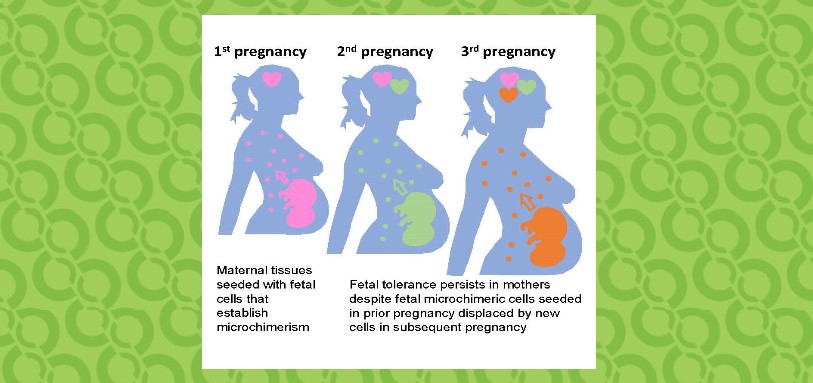How Novel MRI Methods Can Detect Cerebral Palsy in Extreme Preterm Infants
Research By: Nehal Parikh, DO, MS
Post Date: September 17, 2019 | Publish Date: September 2019

The editors of Pediatric Neurology selected a paper from a Cincinnati Children’s scientist as the journal’s top paper in the September issue.
“This month’s Editor’s Choice selection is “Early Detection of Cerebral Palsy Using Sensorimotor Tract Biomarkers in Very Preterm Infants” by Nehal Parikh, DO, MS, and colleagues in Cincinnati.
Infants who are born very prematurely have a fifty-fold higher risk of cerebral palsy compared with term-born babies. It is generally agreed that children with cerebral palsy benefit from earlier therapy, but the diagnosis is not made in many of these children until age two years or later.
These authors analyzed sensorimotor tracks with magnetic resonance imaging in very premature babies and suggest that changes in these structures can serve as a biomarker for subsequent development of cerebral palsy. Such like this contribute to our understanding of the pathophysiology of cerebral palsy and might someday lead to earlier diagnosis and treatment of these individuals.”
— by Editor-in-Chief: E. Steve Roach
Congrats to Dr. Parikh!
| Original title: | Early Detection of Cerebral Palsy Using Sensorimotor Tract Biomarkers in Very Preterm Infants |
| Published in: | Pediatric Neurology |
| Publish date: | September 2019 |
Research By







